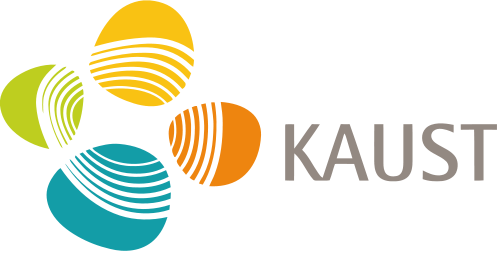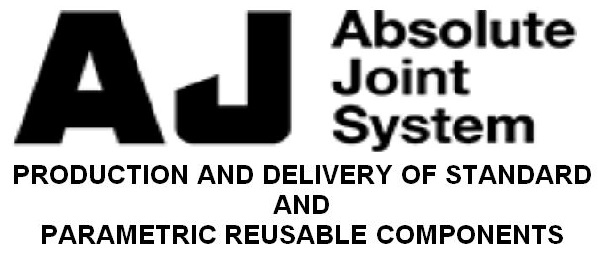Symposium Keynote Speakers
-----------------------
Systematic Thinking and Digital Practice
by Cristiano Ceccato, Zaha Hadid Architects
Talk abstract and CV
Much of contemporary design is expressed through geometrically ambitious
architecture. The reconciliation of complexity and functionality with efficiencies
in production and cost are key issues in today’s globalised practice. This is driven
by unprecedented increases in design speed, project scope and size. Clients
demand faster project turnaround of challenging designs with stringent delivery
parameters, each set within a project’s specific socio-economic and technological
framework. This talk will highlight how practice-wide systemic thinking,
technology transfer and applied digital research can govern projects dynamically,
proactively yielding solutions of adaptive practice which integrate design
exploration, project management, contractual frameworks and construction
workflow to successfully tackle a variety of projects.
-----------------------
Computers and Architecture
by Mark Pauly, École Polytechnique Fédérale de Lausanne
Talk abstract and CV
In this talk I will show how innovation in architecture can be fueled by new
research results in computer science. I will first introduce a new geometric
optimization framework for interactive shape exploration, form finding, and
dynamic simulation. This framework is versatile and easy to implement, yet
allows for efficient and robust computations. Most importantly, it can easily be
extended and customized to a specific design task. Examples include optimization
and editing of planar, circular, or conical meshes, form finding under different
physical energies, such as minimal or self-supporting surfaces, and interactive
exploration of constraint design spaces. In the second part of the talk, I will
discuss several more specialized research projects to illustrate how
optimization can link early stages of concept design with the physicality of
materials, the constraints of assembly processes, or performative and functional
goals of a design. These projects highlight how advanced computation and novel
algorithms can enable new forms of creative expression not possible before.
-----------------------
Robotic Construction by Contour Crafting
by Berok Khoshnevis, University of Southern California
Talk abstract and CV
The nature of construction has remained intensely manual throughout recorded
history. Unlike in manufacturing, the growth of automation in construction has
been slow. A promising new automation approach is Contour Crafting (CC).
Invented by the speaker, Contour Crafting is a mega-scale 3D fabrication
process aiming at automated on-site construction of whole structures as well as
subcomponents. The potential of CC has become evident from experiments with
various materials, geometries and scales. Using this process, a single building
or a colony of buildings may be constructed automatically with all plumbing and
electrical utilities imbedded in each; yet each building could have a different
design which can include complex curved features. The technology also has
astounding environmental and energy impacts. The entry level implication is
especially profound for emergency shelter construction and low income housing
as well as . NASA is exploring possible applications of CC in building on other
planets. This new mode of construction will be one of the very few feasible
approaches for building using in-situ material on planets such as Moon and
Mars, which are being targeted for human colonization before the end of the
century. CC has received international attention and could soon revolutionize
the construction industry.
-----------------------
The Structure of Architecture
Role of the “New” Computational Designer
by Daniel Bosia, AKT II
Talk abstract and CV
With specific reference to Structure, as the underlying organization of tectonic
form, pattern, space and ultimately Architecture, Daniel Bosia will discuss the
role of the contemporary Computational Designer in the dialogue between
architects and engineers, but also clients and fabricators. The presentation
will consist of a brief journey through a selection of projects of the last 15
years that illustrates the evolution of this “quasi-discipline”. From early
algorithmic work, to parametric optimization, to real-time form-finding and
design, Daniel will show how technical disciplines have become more and more
engrained within the design process, not just in academic experimentations and
speculations but within applied, market changing projects. Through
collaborations with of signature architects and artists, Daniel will demonstrate
how the rigorous application of a process-based approach to research and design,
have provoked discussion, deep collaboration and freed creative experimentation
and expression. With projects which have become iconic, Daniel will illustrate
the research, process and development of tools that have enabled their
conception through to final realization. The presentation will include examples
of work carried out in Academia, which demonstrate the necessary deep link
between research and application, practice and education. The importance of
small prototypical projects will be discussed in relation to larger projects, as
these have served as test-beds for material experimentation, development of
tools and technologies on structures of a larger scale. In recent years, the
development of realtime multi-parametric tools at AKT, has enabled Daniel’s team
to engage with aspects of environmental form-finding. The simulation of wind and
sun effects around building has been built into the toolkit of the Computational
Designer and tested against real examples with the same rigorous
“first-principles” approach that AKT have towards structural design.
































